Introduction
Are you thinking about starting cycling but not sure where to start? Whether you’re looking to improve your fitness, explore new places, or simply enjoy the freedom of riding a bike, getting started can seem overwhelming. That’s why our team of experts at
Bike and Equipment:
1. Invest in a good quality bike that fits your body and riding style
This is a common and overlooked mistake when starting cycling for beginners. That's why it's important to visit a bike shop that fits you correctly for your bike, choosing a bike size and seat and handlebar arrangement is one of the most crucial first steps to beginning your cycling journey. A proper bike fitment helps ensure you are comfortable in the saddle and safe while riding. A bike that is properly fitted to you will help reduce the risks of injury and increase your performance and efficiency along with your power.
A proper bike fitment can help prevent discomfort and pain in your feet, kees and hips and lower back. Along with some of the benefits of a proper fitted bike it can help improve your posture and control of the bike leading to a far more comfortable riding experience.
2. Wear appropriate clothing and footwear for cycling
It's important to wear the correct and appropriate footwear when cycling for multiple reasons. Firstly, to be safe and protected while riding your bike. Secondly, it's important to be comfortable. Proper clothing and footwear can keep you warm and dry during a ride in the wet weather that we typically experience in Ireland during the winter months but it can also help you keep cool and comfortable during those long summer rides which helps reduce fatigue and improve performance. During the winter months and darker night rides it's important to wear high-visibility clothing making it less likely to be in an accident or hit by a vehicle.
Choosing the correct footwear is vitally important for a beginner cyclist, some people have wider feet and some people have narrower feet. (I made this mistake when I was starting too - I bought the coolest shoes I could find not worrying about comfort). It's important to speak to one of our specialist-friendly teams if you are unsure about what type of shoes will work for you. You may want to start off with just a regular pair of runners and then eventually work your way to cycling shoes with clip-in cleats as you get more comfortable on your bike.
3. Always wear a helmet to protect your head
It certainly goes without saying. Wear a helmet in case you take a tumble.
4. Use lights and reflective gear when riding at night or in low-light conditions
Bike lights are crucial if you are riding on the road, motorists typically don't see us as we would like to believe. Many cyclists use lights all year round. Wearing bright clothing, especially in low-light conditions is highly recommended.
5. Carry a repair kit and know how to use it in case of a flat tire or other mechanical issues
The absolute essentials to carry with you while cycling. Puncture repair kit, good quality pocket pump, well worth spending a little extra on the pump, cheaper pumps can often leave you stranded and frustrated by the roadside. Small multi-tool always comes in handy, nothing as bad as the saddle becoming loose in the middle of a bike ride. And of course, a spare tube is an absolute must.
Basic Bike Maintenance:
6. Learn the basic mechanics of your bike, such as how to change a tyre

It's important to know some of the basic mechanics of your bike, you don't need to know too much as you should be getting your bike serviced once per year and a good quality bike should not require so much maintenance.
Basic fundamentals of maintenance are keeping your bike clean by washing it regularly with a bucket of warm soapy water with a good detergent and regularly disassembling the front and rear wheels to thoroughly degrease and clean your cassette.
Always keep your bike in a clean condition, with less wear and tear on parts.
Replace parts on a regular basis, most bike failures occur because of worn-out parts. Regularly check your chain, cassette and tyres for signs of wear.
7. Always check your bike before a ride to ensure it is in good working condition
Quickly check your bike and give it the once over before you venture out on any training ride. Check the brakes and tyre pressure at the very least.
Training Plan:
8. Start with shorter rides and gradually increase the distance and difficulty as you build endurance
Gradually build your base miles over time. Every week increase your distance slightly and add some additional hill climbing. The hills will help you achieve your fitness goals quicker than riding on flat rolling roads.
9. Stay hydrated and bring snacks to fuel your ride
This is where most beginner cyclists fall down, fuelling. We have all been there, you are out into a 40KM ride and you rushed out the door so fast because you couldn't wait to get on your bike when "BANG!" you realised you have forgotten to eat before your ride.
Our suggestions and recommendations for properly fuelling before, during and after cycling are:
Before - High carbs snacks such as an energy bar or gel, banana, toast with peanut butter or jam or overnight oats or porridge with some honey, yoghurt and peanut or almond butter is our favourites!
During - High-carb snacks such as a banana (yes I have got some funny looks taking a banana out of my back pocket in my jersey and eating it cycling along the road), wine gums (personal favourite), energy gels, electrolyte drinks - High5 is the best and tastes delicious! Dried fruit, apples, nuts or some cream crackers and peanut/almond butter.
After - After cycling it's important to eat a meal high in protein or have a protein shake to help repair and rebuild the muscle fibres and tissues that you have torn during your ride. Good options include chicken, turkey, greek yoghurts (Glenisk is one of our favourites), fish with vegetables and rehydrate by drinking a sufficient amount of water.
Important: Always aim to drink between 2-3 litres (2 water bottles) of water at a minimum during your ride with an electrolyte tablet or 3 scoops of electrolyte powder.
10. Use a bike computer or smartphone app to track your progress and set goals
A good bike computer can really be the makings of understanding your cycling journey with metrics such as cadence, speed and heart rate. Here are some of the bike computers we have in stock.
We have listed our favourite cycling apps that we have tried and tested at Cycle Tribe below:
-
Strava: This app is a popular choice among cyclists for tracking your rides, analysing your performance data, and connecting with other cyclists. Strava also allows you to join challenges, set personal records and get detailed insights about your ride. Join our
Cycle Tribe club on Strava for healthy competition and to connect with fellow cyclists. -
MapMyRide: This app is a comprehensive cycling app that allows you to track your rides, view your route on a map, and analyse your performance data. It also includes a social feature that allows you to connect with other cyclists and share your rides.
-
Zwift: This app is designed for indoor cycling and allows you to join virtual rides and races with other cyclists from around the world. It also includes a variety of training plans and the ability to connect with other cyclists. Zwift can be used with a Magnetic Turbo Trainer or a Smart Trainer or a Smart Bike - all of which are in stock for Next Day Delivery (within Ireland) at Cycle Tribe.
-
Google Maps: Google Maps is very underestimated for cycling, it can be used as an excellent navigation and route mapping tool but unlike other maps it does not log your heart rate, speed or cadence.
These are just a few of the many cycling apps available, and you can choose the one that suits your needs the best. Some apps may have a more specific focus, such as tracking your ride and providing data, while others are more social and allow you to connect with other cyclists.
Preventing Cycling Injuries
11. Stretch before and after rides to prevent injury
In the beginning, your body needs to adapt to cycling. the muscle groups used are generally totally different to other sports. Some simple stretches pre and post-bike rides will make a huge difference rather than feeling stiff.
One of our favourite experts in this field is Sinead Kennedy. Yoga guru and long-distance cyclist. Sinead has travelled the world on two wheels. Her expertise in Yoga and Pilates has helped her stay injury free.
Tips to Being Comfortable On the Bike
12. Bike fitting
I highly recommend getting a bike fit, especially if you find that you're spending more hours in the saddle and if you have really taken to the sport of cycling. A qualified bike fitter will ensure that the bike is set up personally for your body measurements. This service is a complete game changer to being comfortable on the bike. One of the most respected and knowledgeable bike fitters is Aidan Hammond at Bikefitting Ireland based in Co. Wicklow.
Cycling Disciplines
13. Try different types of rides, such as road, mountain, or gravel riding, to find what you enjoy most
Trying different types of rides in cycling is important because it allows you to explore different aspects of the sport and discover what terrain and bike you enjoy the most! Each type of riding experience offers its own unique challenges and rewards and by trying different types of bikes and conditions you can find which one relates to you most.
Here are a few reasons why it's important to try different types of rides, conditions and terrains in cycling:
1. Variety: This keeps things interesting. Cycling while a very fun and enjoyable sport, it can be very repetitive for some people. But different types of rides can keep things interesting.
For me, somedays I want to climb the stunning Wicklow or Slieve Bloom Mountains on my mountain bike there are some days when I want to cycle along the Salt Hill Promenade on my road bike or from Maynooth to Longford along the Royal Canal Greenway on my gravel bike. Ireland really has something for every cyclist covered!
2. Different types of rides - different skills: Different types of rides, develop different types of skills and different techniques. For example, road biking requires good endurance and speed, while mountain biking requires technical skills and agility and the novelty of gravel biking is you get to experience the best of both worlds!
3. Different types of rides have different appeals: Possibly our favourite reason and the reason we love cycling at Cycle Tribe! Some people enjoy the speed and efficiency of road biking and the straight open road and beautiful smooth climbs and dips. While others prefer the ruggedness and adventure of mountain biking and of course the beautiful scenery some of these views offer! By trying different rides, you can find the one that appeals to you the most and the one you will enjoy the most!
4. Helps find your passion: When you try different types of rides, you discover what you really and truly enjoy and then focus and dial in on that specific ride. This allows you to find your passion for cycling and enjoy it long-term.
FAQs
Beginner Tips
The first step is to invest in a good quality bike that fits your body and riding style. Visit a bike shop for a proper fitting to ensure comfort and safety.
A proper bike fit helps reduce the risk of injury, improves performance and efficiency, and enhances comfort by preventing pain in the feet, knees, hips, and lower back.
Yes, we highly recommend visiting a qualified bike fitter to ensure your bike is tailored to your body measurements. This service significantly enhances comfort and performance on the bike. Aidan Hammond at Bikefitting Ireland in Co. Wicklow is one of the most respected and knowledgeable bike fitters available.
Wear appropriate clothing and footwear for safety and comfort. High-visibility clothing is recommended for dark or low-light conditions, and suitable footwear depends on your foot width and cycling style.
Wearing a helmet is crucial for protecting your head in case of a fall or collision.
Use bike lights and reflective gear to increase visibility to motorists. Bright clothing is also recommended for low-light conditions.
Beginners should invest in a well-fitted bike, a comfortable helmet, high-visibility clothing, proper footwear, and essential repair tools.
Wear a helmet, use bike lights and reflective gear, follow traffic rules, and stay aware of your surroundings to ensure safety while cycling on the road.
A repair kit should include a puncture repair kit, a high-quality pocket pump, a multi-tool, and a spare tube to handle common mechanical issues.
Learn to perform basic maintenance tasks such as changing a tire, cleaning the bike, and checking the chain, cassette, and tires for wear. Regularly servicing your bike helps maintain its condition.
Begin with shorter rides and gradually increase the distance and difficulty as you build endurance. Incorporate hill climbs to improve fitness.
Start with a suitable indoor bike or trainer, maintain proper posture, use a fan to stay cool, follow a structured training plan, and stay hydrated throughout your workout.
Start with shorter rides and gradually increase the distance and difficulty. Incorporate hill climbs and consistent training to build endurance over time.
Joining a cycling club or group provides access to a community of cyclists, group rides, shared tips and experiences, and opportunities for friendly competition and social interaction. Join our Cycle Tribe virtual club on Strava to connect with fellow cyclists, participate in healthy competition, and enjoy the camaraderie of like-minded riders.
Drink 2-3 liters of water during your ride and consume high-carb snacks such as bananas, energy gels, and dried fruit. Eat a high-protein meal after cycling for recovery.
Strava, MapMyRide, Zwift, and Google Maps are popular apps for tracking rides, analysing performance data, and connecting with other cyclists.
Stretch before and after rides to prevent stiffness and injuries. Yoga and Pilates can also help maintain flexibility and strength.
Exploring various types of rides, such as road, mountain, and gravel biking, helps develop different skills, keeps cycling interesting, and allows you to discover your preferred style.
Conclusion
Starting your cycling adventure is both exciting and fulfilling. With Cycle Tribe’s 13 essential tips, you’ll be ready to tackle bike selection, safety, maintenance, and training. The secret to a great cycling experience is staying safe, comfortable, and consistent. If you have any questions, need further assistance, or want to share your own experiences, feel free to reach out to our friendly team in the comment section below. Happy riding, and welcome to the incredible world of cycling!

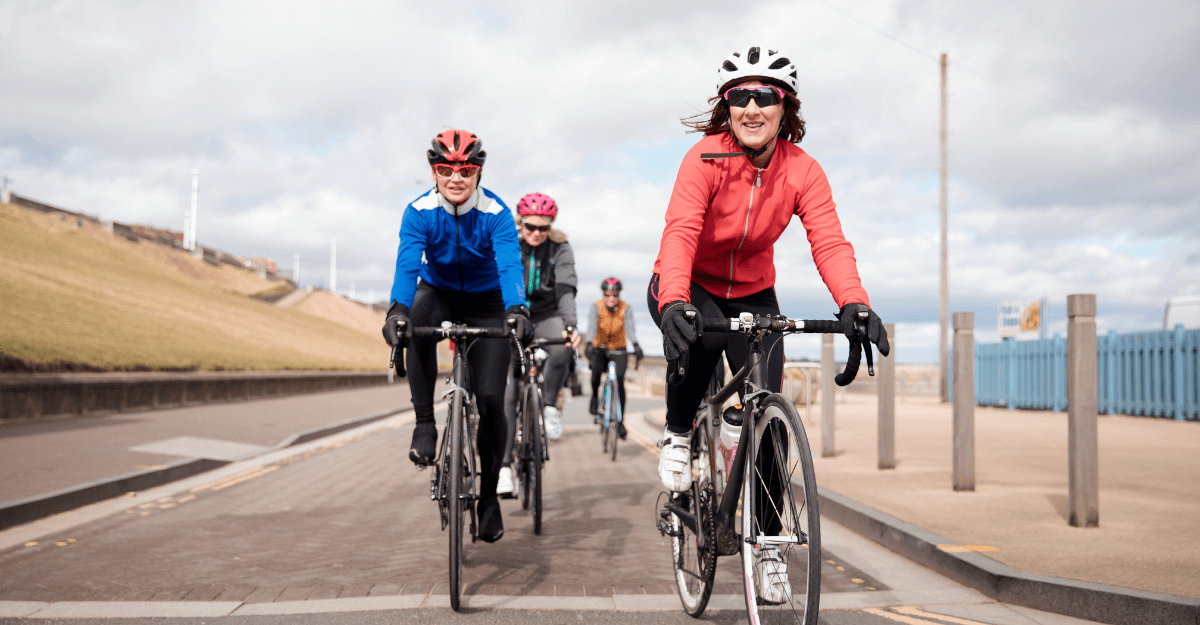



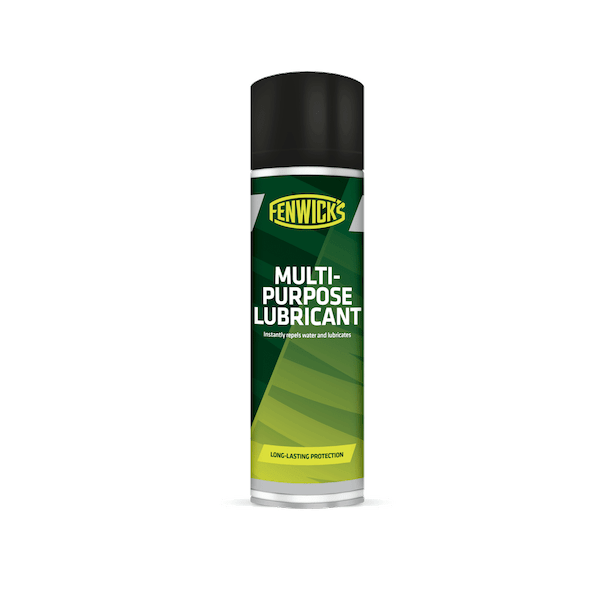
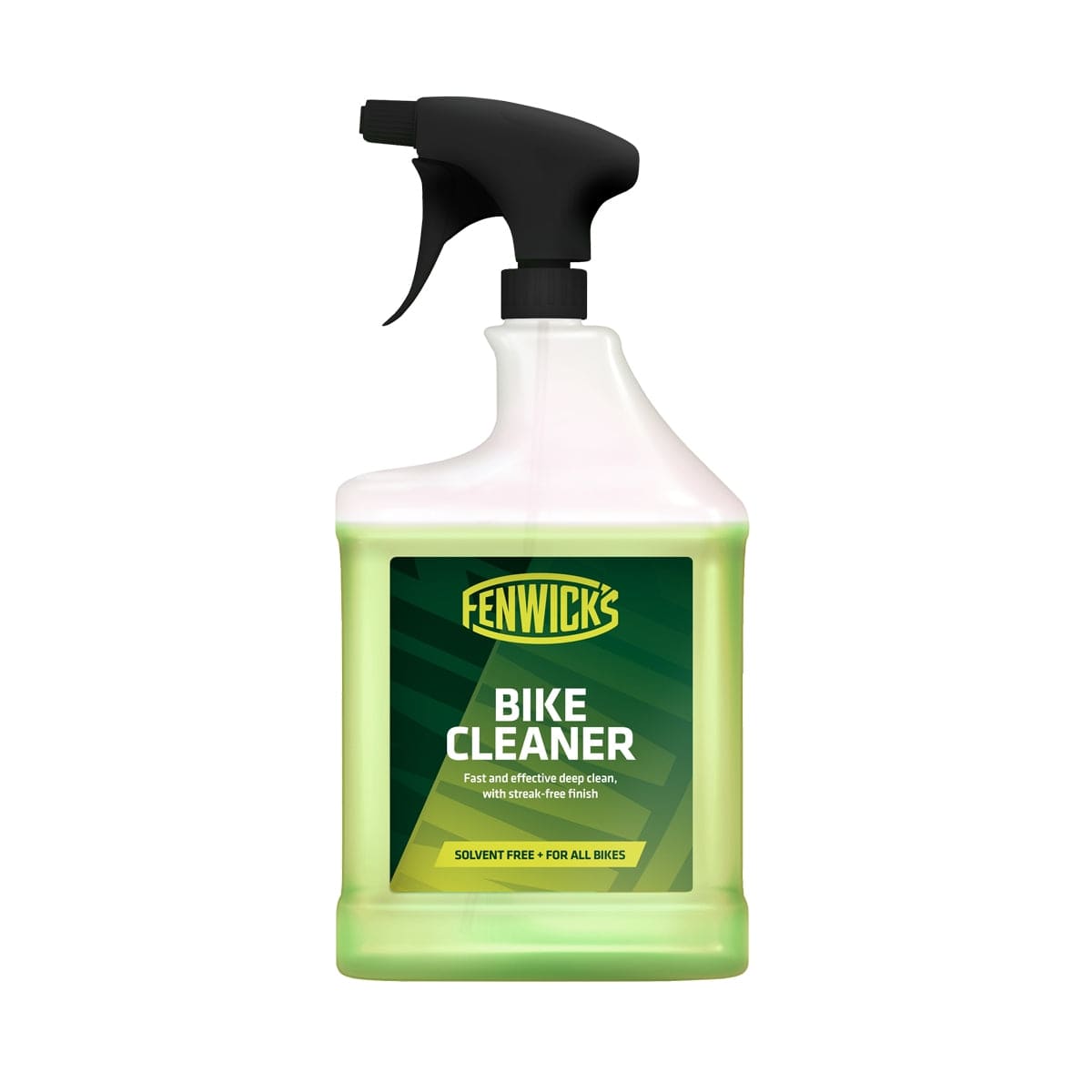
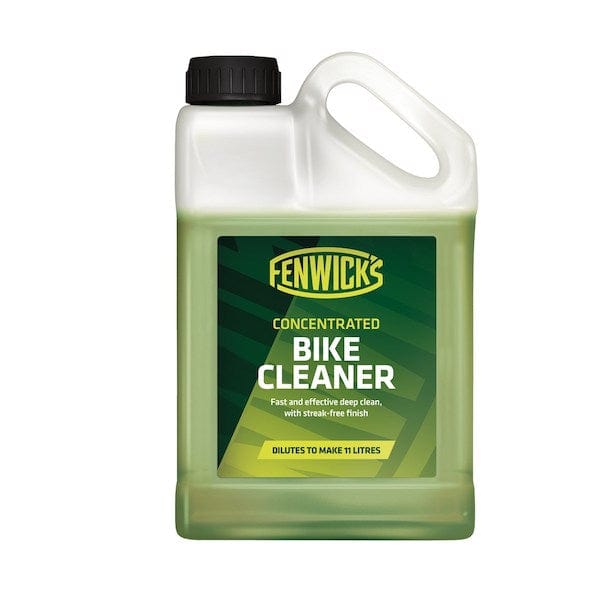

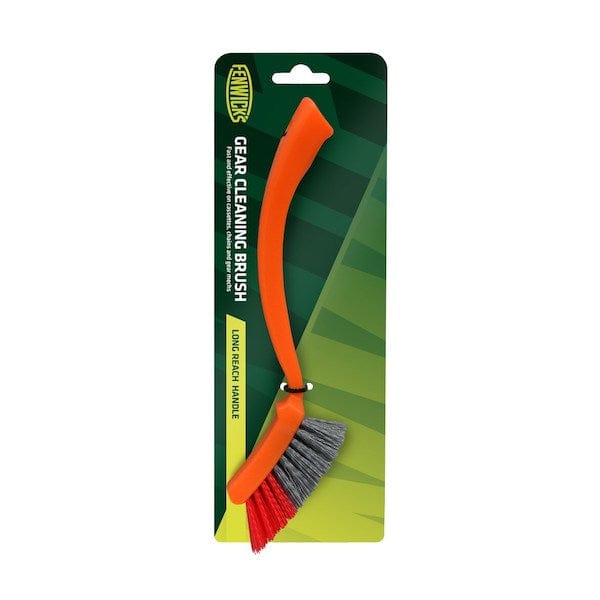
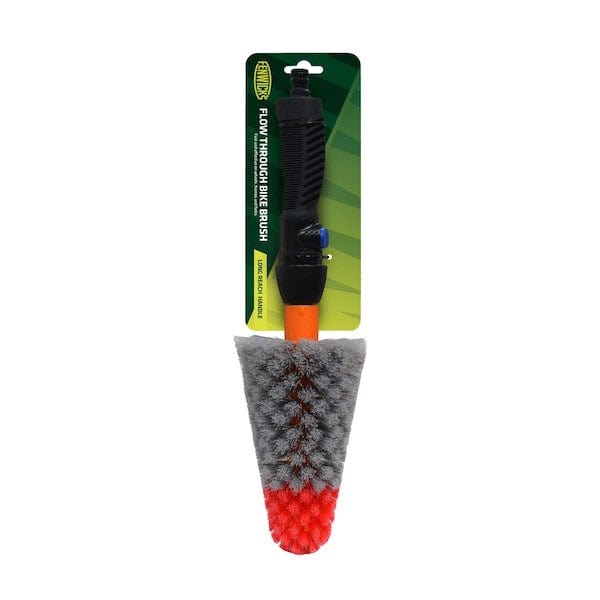
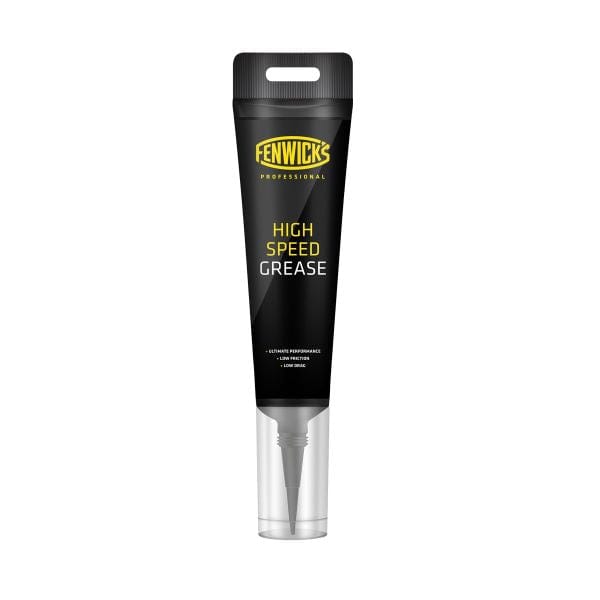

2 comments
Ibrahim noonan
Excellent Article
Phill Cody
Is it best to use wet oil or dry oil, and how often should it be done. Thank